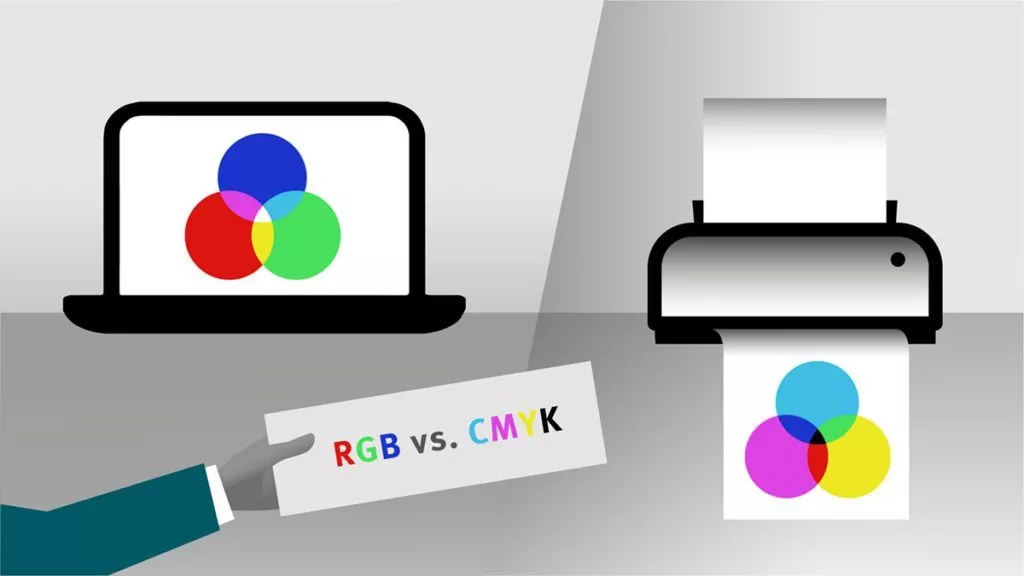
Why is image editing important?
If a nice photo has a flaw, one thinks immediately about image editing. Photoshop and Co. offer a wide spectrum of diverse possibilities – from exposure compensation to layer-based generation of complex photomontages. However, photo editing is not only essential when it is about embellishment. What many people do not consider is, for example, that a digital image is not printable. Sound surprising? You have already printed digital images on your printer? It works !? Yes, BUT …
RGB vs. CMYK
Fundamently there are two color systems, which are quite different in structure. All cameras and screens, as well as the human eye, are based on additive colour mixing (RGB = red, green, blue). In contrast is subtractive colour mixing, which is applied by printing (CMYK = cyan, magenta, yellow, key colour=black). For clarification: Not every color tone shown on a screen can be also printed – among other factors, because color spaces also vary in size.
A digital photo must be transposed from RGB in CMYK color space, in order to be printed. This conversion can automatically take place in the background, e.g. as soon as your image program sends your photo to the printer. OR: An image editing professional directs this process purposely considering the advantages and disadvantages of the respective color spaces. This directed editing controls and optimises the printing result in advance. The difference between these two processes is, as a rule, clearly recognisable.

Software and the trained eye
In order to professionally edit images, it is essential to master standard image editing programs, such as Adobe Photoshop or PaintShop Pro from Corel. The ability to use and apply these functions and tools does not automatically bring satisfying results. Just as important as software knowledge is personal perception. To see or recognise a color nuance, knowing which corrections lead an image in the desired direction requires training. It takes time to train the eye and can only be learned through feedback accompanied by a professional.
ONLY with a professional image screen
(or: Never without my EIZO)
A trained eye recognises a color nuance. But could it be that this color nuance does not exist in the photo itself, but rather through the wrong depiction on the monitor? Yes, this unfortunately happens indeed not so seldom. Due to this reason, it is crucial for a profi to use a color-secure, callibrated monitor. The colour rendering of a monitor changes during use and must be newly callibrated and validated around every 200 hours of use. It should be noted that profi appliances are finely adjustable not only with software, but also from a hardware point of view. Only a profi screen can reliably depict colours and offer solutions for the expected printing results.

Can image editing be automated?
Answer: Yes – with quality control!
Basically, Photoshop offers many possiblities for automation, while quality control by a profi is decisive. If the image material is homogenous, then nice results can be effected by a very high level of automation. An example from experience: For the online shop »Feines Futter« I created an automation process with Photoshop. This saves time and therefore expenses. Products in the shop were presented in a similar manner – the client was quite satisfied with the result.
Do you value professionally edited images? Do you require advertising- or marketing material? Or are you planning a client magazine?
I look forward to your inquiry!







